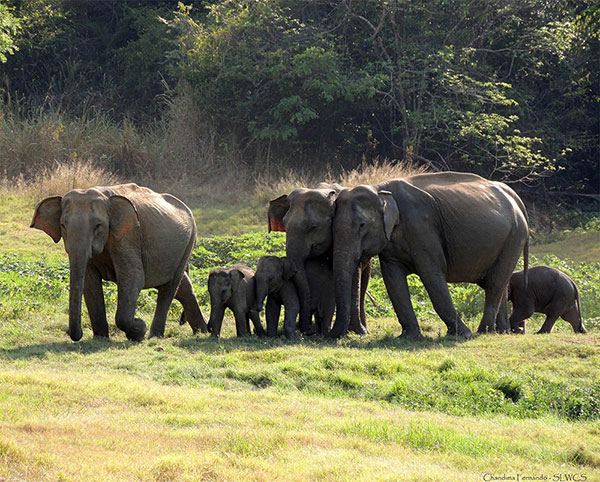News
Human-elephant conflict: Throwing money at problem is of little use, says expert

By Rathindra Kuruwita
The government annually spent Rs. 100 million on ‘elephant thunder,’ a firecracker used to chase away elephants, well known elephant expert Dr. Prithiviraj Fernando said.
It was in addition to significant sums spent on minimising human-elephant conflict through schemes such as translocating problematic jumbos, elephant drives and electric fences, Dr. Fernando said.
“Farmers spend a lot of money and time, protecting their crops and store the harvest in their homes. Then elephants raid villages and damage their homes. It is during such attacks that humans are killed. 120 deaths of humans due to wild jumbo attacks were reported in 2019.”
Dr. Fernando said the wild elephants too were adversely affected by the conflict with humans and each year hundreds of elephants were killed in the most barbaric ways.
“Things that we do to minimise the human-elephant conflict like translocation, elephant drives and fences have not improved the situation although colossal sums are spent annually,”
Dr. Fernando added that for over 70 years, Sri Lankan officials had been following the recommendations of a committee appointed in the 1940s as regards how elephants should live in a particular area.
“However, the members of the committee noted that they were making those recommendations without data and further research should be done, but until recently officials had been blindly following the committee recommendations without doing the research,” he said.
Research showed that humans lived in 82% of the country and that elephants lived in 62%. Both lived side by side in 44% of the country. Thus, it was impossible to confine the elephants to areas devoid of humans, he said.
“Our approach has been very confrontational. Elephants are strong and intelligent creatures. If we are aggressive towards them, they will reciprocate. For example, whether an elephant would attack a human or not depends on its previous experience with humans,” he said.
Dr. Fernando added that electric fencing worked, but it was a tool whose effectiveness depended on the way it was used. “60 to 70% of electric fencing is either on Department of Wildlife or forest Conservation Department lands and 80 to 90% of these fences have elephants living on both sides of the fence, he said. This minimissed the effectiveness of fencing, he said. “For example, in the North Western Province there is some fencing but GPS data of collared elephants show that their foraging ranges have no bearing on the fences. In the South, these fences sometimes prevent elephants living in areas under the Forest Department from going into Department of Wildlife controlled areas. There are about 150 elephants in Kudaoya and Sellakataragama areas that can’t go into the Lunugamvehera Park due to fencing. But ironically there is no fencing between these elephants and human settlements,” Dr. Fernando said.